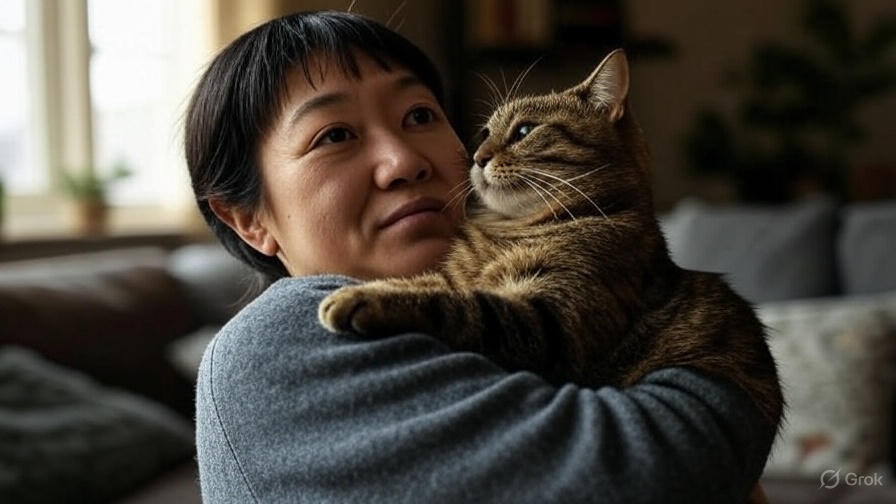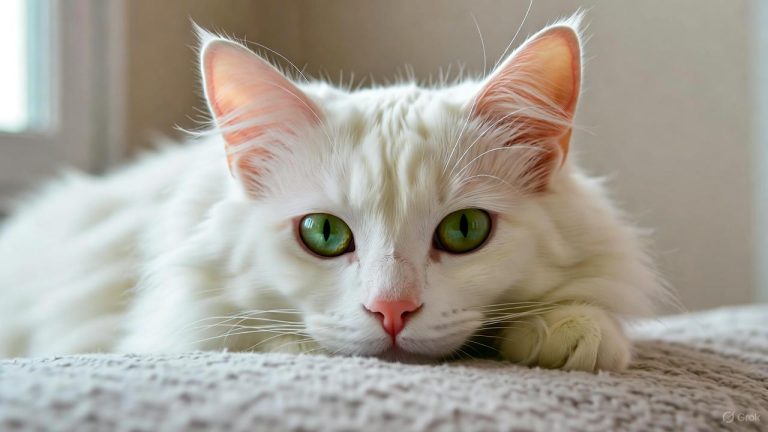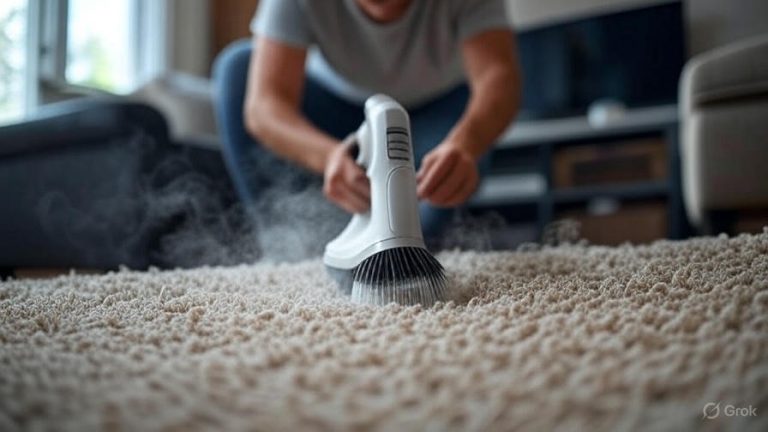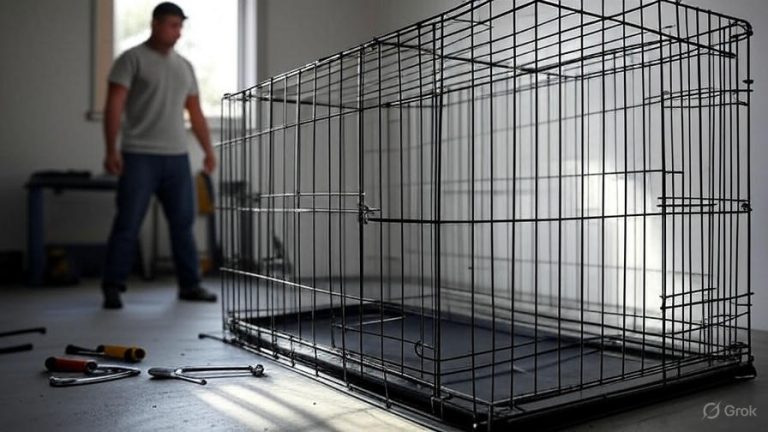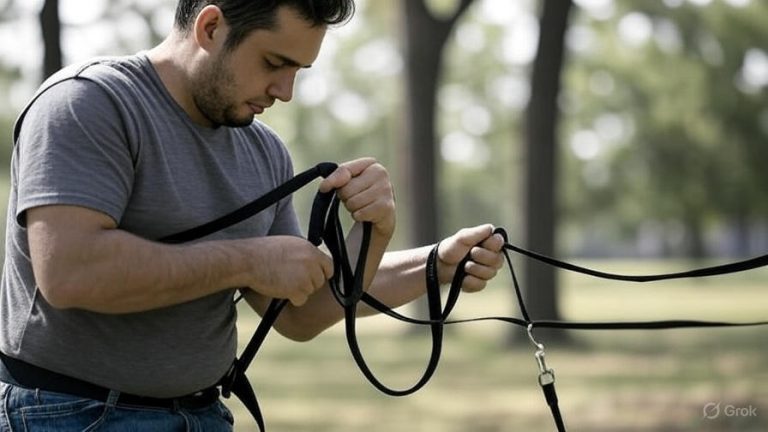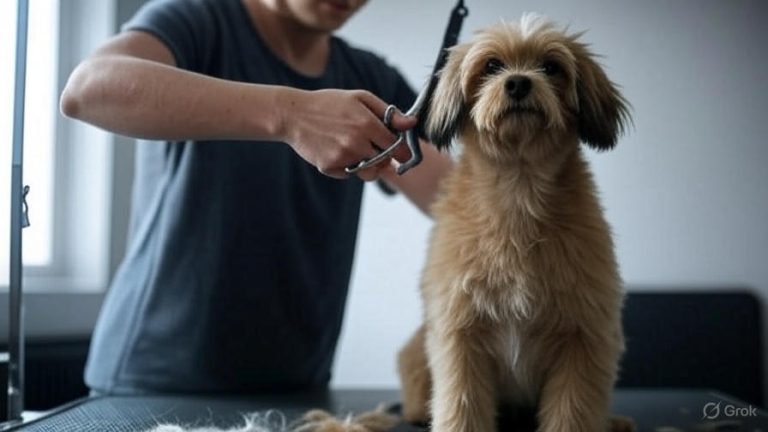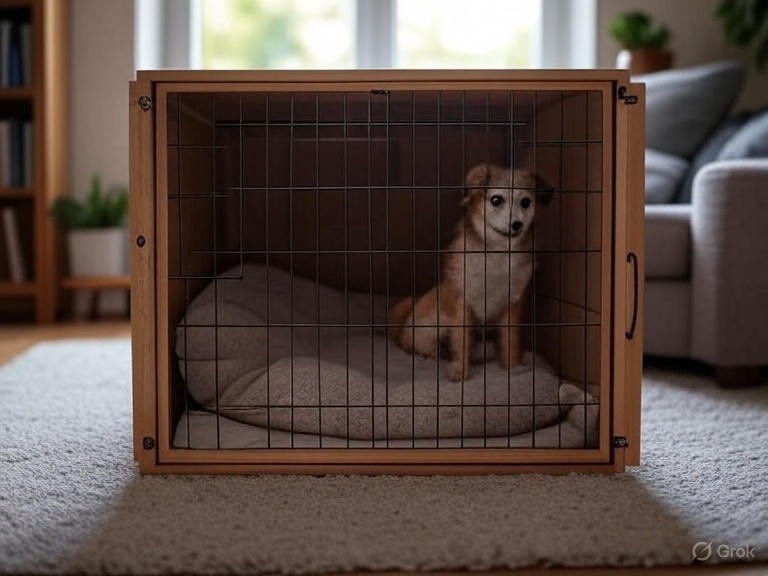How to Keep Your Cat from Going Outside?
Cats naturally crave outdoor adventures, but keeping your feline friend safely indoors protects them from countless dangers. Many cat owners struggle with this challenge, especially when their pets constantly attempt to escape through doors, windows, or any available opening. This comprehensive guide will help you create a secure indoor environment that satisfies your cat’s natural instincts while keeping them safe and healthy.
Why Indoor Cats Live Longer, Healthier Lives
Indoor cats typically live 13-17 years, while outdoor cats face a significantly shorter lifespan of only 2-5 years. This dramatic difference stems from the numerous hazards that outdoor cats encounter daily. Traffic accidents claim thousands of cats each year, making roads one of the most dangerous threats to feline safety.
Predators pose another serious risk. Coyotes, foxes, large birds of prey, and even aggressive dogs can attack cats, causing severe injuries or death. Even well-fed cats struggle against these natural predators, especially when caught off guard.
Disease transmission increases exponentially for outdoor cats. Feline leukemia, feline immunodeficiency virus, and rabies spread through contact with infected animals. Parasites like fleas, ticks, and worms also thrive in outdoor environments, creating ongoing health challenges that require expensive veterinary treatment.
Toxic substances present constant dangers outdoors. Antifreeze, rat poison, fertilizers, and certain plants can cause fatal poisoning. Cars leak dangerous chemicals, and many homeowners use pest control products that harm cats who walk through treated areas.
Creating an Engaging Indoor Environment
The key to keeping cats content indoors lies in replicating the stimulation they would find outside. Cats need mental challenges, physical exercise, and sensory experiences to thrive in indoor environments.
Vertical spaces satisfy your cat’s natural climbing instincts. Install cat trees, shelving units, or wall-mounted perches that allow your pet to observe their territory from high vantage points. Cats feel more secure when they can survey their surroundings from elevated positions, reducing stress and anxiety.
Interactive toys prevent boredom and destructive behavior. Puzzle feeders challenge your cat’s problem-solving abilities while slowing down eating. Motorized toys that move unpredictably trigger hunting instincts. Rotate toys regularly to maintain novelty and interest.
Window perches provide entertainment and natural light exposure. Cats spend hours watching birds, squirrels, and outdoor activity. Position comfortable perches near windows with active views. Bird feeders placed outside these windows create a “cat TV” that provides endless entertainment.
Scratching posts protect your furniture while allowing natural scratching behavior. Place multiple scratching surfaces throughout your home using different materials like sisal, cardboard, and carpet. Cats prefer vertical scratching posts that allow full-body stretching.
Physical Barriers and Home Security
Preventing escapes requires strategic planning and consistent implementation of security measures throughout your home. Start by identifying all potential escape routes and addressing each one systematically.
Door security forms the first line of defense. Install screen doors or baby gates that allow airflow while blocking cat access. Train family members to use the “airlock” method – closing one door completely before opening the next. This prevents cats from bolting through open doorways.
Window screens need regular inspection and reinforcement. Standard screens often cannot withstand a determined cat’s weight or claws. Install pet-proof screens made from stronger materials, or add window guards that prevent screens from popping out. Check screens monthly for tears or loose fittings.
Garage doors and basement entrances frequently provide escape opportunities. Cats hide in garages and slip out when doors open. Always check for hiding cats before operating garage doors. Block access to basements or crawl spaces where cats might become trapped or find alternative exit routes.
Balcony safety requires special attention for apartment dwellers. Install balcony enclosures or safety nets that prevent falls while allowing fresh air access. Cats can squeeze through surprisingly small gaps, so ensure all barriers have appropriate spacing.
Addressing Escape Attempts and Door Dashing
Door dashing represents one of the most common escape behaviors. Cats often wait by doors, ready to sprint outside the moment an opportunity arises. Breaking this habit requires patience and consistent training.
Redirect attention away from doors using positive distractions. Keep a toy or treat container near entrances. When your cat approaches the door, engage them with play or feeding instead of allowing them to focus on the opening. This creates positive associations with staying inside.
Create physical barriers that slow down escape attempts. Place furniture or decorative items near doors that make direct sprinting difficult. Pet gates can create a buffer zone that gives you time to react to escape attempts.
Training sessions help modify door-rushing behavior. Practice opening and closing doors while your cat remains calm. Reward them with treats when they stay away from the doorway. Start with very brief door openings and gradually increase the duration as your cat learns appropriate behavior.
Motion-activated deterrents can discourage door lurking. Air sprayers or noise makers that activate when cats approach doors teach them to avoid these areas. These devices work even when you’re not home to supervise.
Cats miss specific outdoor experiences that you can recreate indoors. Fresh air, new scents, and sensory stimulation all contribute to their outdoor desires.
Managing Outdoor Cravings Through Indoor Alternatives
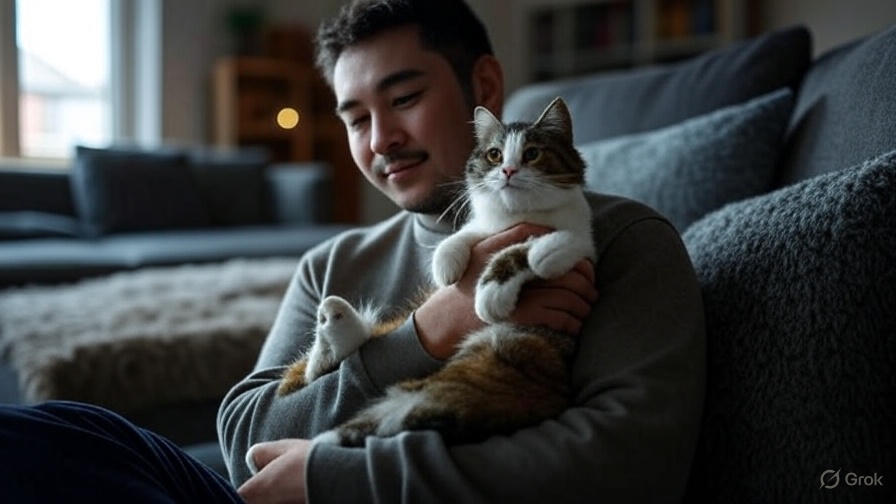
Cat grass and safe plants bring outdoor elements inside. Grow cat grass, catnip, or other feline-safe plants in containers throughout your home. These provide natural chewing opportunities and interesting scents that satisfy exploration instincts.
Scent enrichment adds variety to your cat’s environment. Bring in safe outdoor scents like dirt, leaves, or grass in sealed containers. Rotate these scents regularly to provide ongoing novelty. Essential oils designed for pets can also add interesting smells to your home.
Sound environments can simulate outdoor experiences. Play recordings of birds, rainfall, or other nature sounds. These audio experiences provide mental stimulation and can help mask outdoor noises that might trigger escape attempts.
Supervised outdoor time offers controlled exposure to outside elements. Harness training allows safe outdoor exploration while maintaining control. Start harness training gradually, allowing your cat to adjust to the equipment indoors before attempting outdoor adventures.
Building a Secure Catio or Outdoor Enclosure
Catios provide the perfect compromise between indoor safety and outdoor stimulation. These enclosed outdoor spaces allow cats to experience fresh air, sunshine, and natural environments without exposure to dangers.
Design considerations include size, materials, and accessibility. Catios should provide enough space for climbing, lounging, and play. Use materials that withstand weather conditions while providing secure barriers. Ensure easy access from your home through windows or doors.
Safety features must prevent escapes and protect against predators. Roof coverage protects from aerial predators and weather. Secure foundations prevent digging under barriers. Double-door entries create airlocks that prevent accidental escapes.
Enrichment elements make catios more engaging. Include climbing structures, hiding spots, and comfortable resting areas. Plant cat-safe vegetation that provides natural cover and sensory experiences. Water features like fountains add interesting sounds and movement.
Professional installation ensures structural integrity and safety. While some cat owners build their own catios, professional installation guarantees proper construction and local building code compliance. This investment pays dividends in safety and longevity.
Training Techniques for Indoor Contentment
Positive reinforcement training helps cats adjust to indoor living. Reward calm behavior with treats, praise, or play. This reinforces the idea that staying inside leads to positive experiences.
Clicker training can modify specific behaviors. Train your cat to come when called, sit, or perform tricks. Mental stimulation through training sessions reduces boredom and destructive behavior. Short, frequent training sessions work better than long, infrequent ones.
Routine establishment provides security and predictability. Cats thrive on routine, so establish consistent feeding, play, and interaction schedules. Predictable routines reduce anxiety and make indoor living more comfortable.
Gradual environmental changes help cats adapt to new restrictions. If transitioning an outdoor cat to indoor living, make changes slowly. Reduce outdoor time gradually while increasing indoor enrichment. Sudden changes can cause stress and increase escape attempts.
Dealing with Persistent Escape Artists
Some cats prove particularly determined to escape despite your best efforts. These persistent escape artists require specialized approaches and extra vigilance.
Identify escape triggers that motivate your cat’s outdoor desires. Some cats react to specific sounds, smells, or activities. Document when escape attempts occur to identify patterns. This information helps you address underlying motivations.
Increase indoor stimulation for persistent escapers. These cats often need more mental and physical challenges. Add puzzle feeders, interactive toys, and more frequent play sessions. Tired, satisfied cats are less likely to seek outdoor adventures.
Consider professional help for extreme cases. Animal behaviorists can assess your specific situation and develop customized training plans. Veterinarians can rule out medical issues that might drive escape behavior.
Temporary confinement might be necessary during high-risk periods. If your cat becomes extremely focused on escaping, confine them to a secure room until they calm down. This prevents successful escapes that reinforce the behavior.
Health and Behavioral Benefits of Indoor Living
Indoor cats experience significantly fewer health problems than their outdoor counterparts. Regular veterinary care becomes easier when cats don’t face constant exposure to diseases and parasites.
Vaccination schedules can be less intensive for indoor cats. While core vaccines remain important, lifestyle vaccines for outdoor-specific diseases may be unnecessary. This reduces veterinary costs and stress for both cats and owners.
Parasite prevention becomes more manageable indoors. Fleas, ticks, and worms are less common in indoor environments. This reduces the need for harsh chemical treatments and prevents parasite-related health issues.
Injury prevention represents one of the most significant benefits. Indoor cats avoid fights with other animals, traffic accidents, and exposure to dangerous substances. This dramatically reduces emergency veterinary visits and associated costs.
Behavioral benefits include reduced aggression and marking behavior. Indoor cats don’t need to defend territory against other cats, leading to calmer, more relaxed behavior. Spaying and neutering combined with indoor living virtually eliminates territorial marking.
Long-term Success Strategies
Maintaining indoor cats requires ongoing commitment and adaptation. Your strategies may need adjustment as your cat ages or as your living situation changes.
Regular environment assessment helps identify potential problems before they become serious. Check screens, doors, and barriers monthly. Address any weaknesses immediately to prevent escapes.
Seasonal adjustments account for changing outdoor conditions. Spring and fall often trigger stronger outdoor desires as cats sense increased activity. Increase indoor enrichment during these periods to compensate for heightened outdoor interest.
Life stage considerations affect indoor cat management. Kittens require more stimulation and secure barriers. Senior cats may need easier access to perches and comfortable resting areas. Adjust your approach as your cat’s needs change.
Family education ensures everyone understands the importance of keeping cats indoors. Children need specific training about door security and escape prevention. Visitors should understand your indoor cat policies to prevent accidental escapes.
Creating a Lifetime of Indoor Happiness
Successfully keeping cats indoors requires dedication, creativity, and patience. The rewards include a longer, healthier life for your feline companion and reduced worry for you as an owner.
Start implementing these strategies gradually, focusing on the most important safety measures first. Build a comprehensive indoor environment that satisfies your cat’s natural instincts while keeping them secure. Remember that every cat is unique, so be prepared to adjust your approach based on your pet’s specific needs and personality.
The investment in time and resources pays dividends in veterinary savings, peace of mind, and the joy of knowing your beloved cat is safe and content. With proper planning and implementation, your indoor cat can live a rich, fulfilling life without ever needing to venture outside.
By following these guidelines and remaining consistent in your approach, you can successfully keep your cat from going outside while ensuring they remain happy, healthy, and engaged in their indoor environment. Your commitment to their safety demonstrates the deep love and care that makes the human-cat bond so special.

